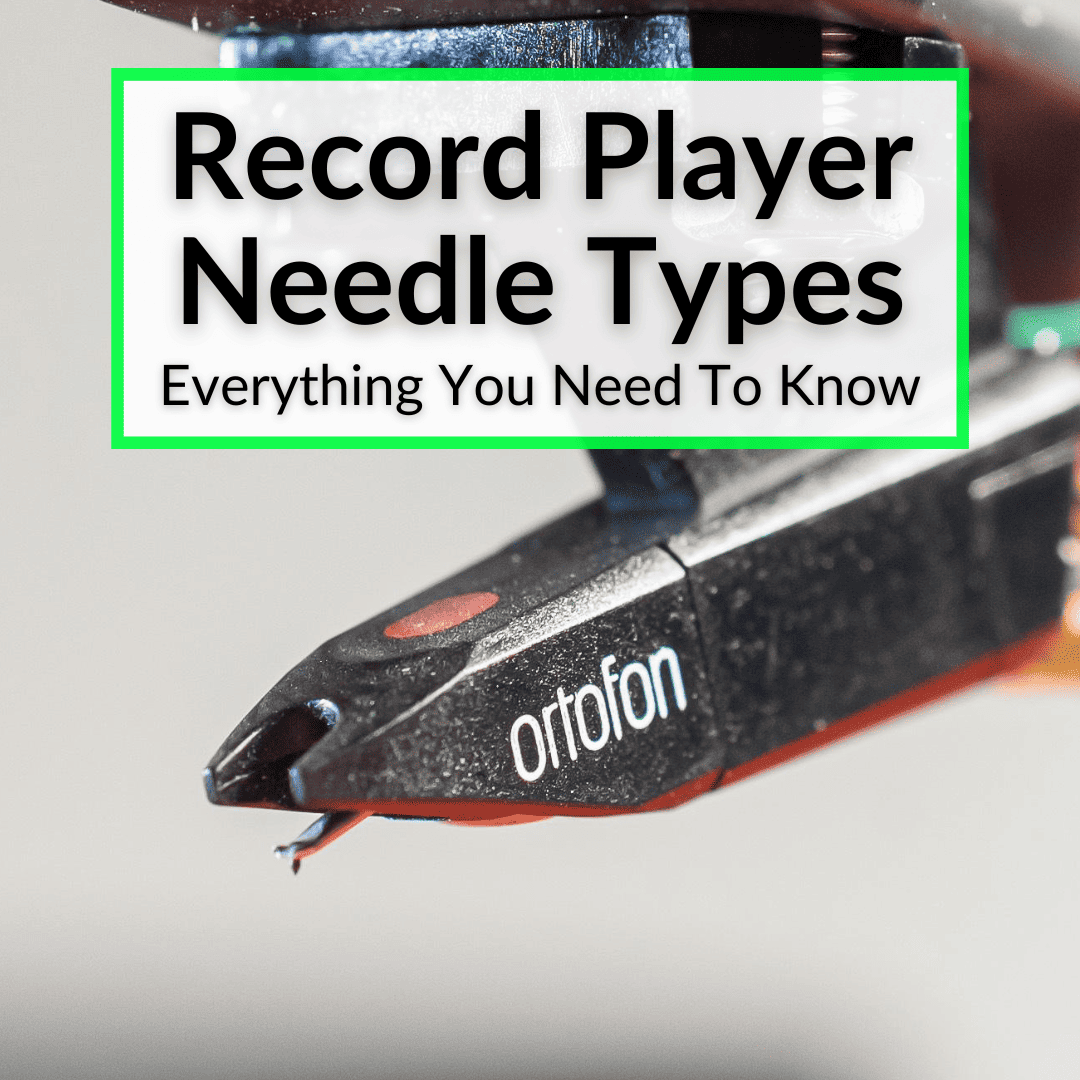
The record player needle types are one of the most important.
A cheap needle will give you a poor sound quality.
It could even damage your precious records.
And cheap needles are a big problem with budget turntables. Luckily, you can always swap out the needled (and cartridge) for a better one.
And you should. But what type of record player needle should you get?
That depends on your expectations and your budget. Keep reading for a rundown of the different types of turntable needles, along with the other factors to consider, like materials and cantilever shape.
Record Player Needle Types
Record player needles come in two main types: conical and elliptical. Conical needles are more common and less expensive, but elliptical needles generally offer a higher sound quality.
Of course, there are other types as well. These two are just the most common. We will discuss two more types below.
Other factors to consider when choosing a needle include the material of the tip (diamond, sapphire, or ceramic) and the shape of the cantilever (the arm that holds the stylus), since these can also affect the overall sound quality that you get from your records.
We will get into all of these factors next. Let’s begin with the two most common types of turntable needles and then move on to two more types that you only find on high-end turntables.
The Two Common Types Of Record Player Needles
Let’s have a quick look at he two main types of record player needles: conical and elliptical.
Conical Needles
Conical needles have a more rounded tip, which makes them more durable and easier to use. However, they also tend to track the grooves of a record less accurately, resulting in lower overall sound quality. Conical needles are typically found on entry-level turntables, since they are cheaper to produce.
Elliptical Needles
Elliptical needles have a more elongated tip, which allows them to track the grooves of a record more accurately. This results in better sound quality. But elliptical needles are also more fragile and more expensive than conical needles.
Elliptical needles typically come as standard on higher-end turntables. You should check out the specs when selecting a mid-range record player, since they could have either needle type.
Two Higher-End Record Player Needle Types
For the more serious audiophiles among us, there are two more advanced, high-end record player needles that can help you elicit an even higher quality of sound from your record player.
Micro-Ridge Needles
Micro-ridge needles are the most advanced type of record player needle available on the market. They have a super fine, sharp tip that is designed to track the grooves of a record with great accuracy. This results in superlative sound quality, with minimal distortion and surface noise.
Micro-ridge needles are also very durable. They can last for several thousand hours of playtime. However, they are the most expensive type of record player needle and come at a premium.
Shibata Needles
Shibata needles are another type of high-end record player needle. They were invented by Norio Shibata of JVC. They have a slightly wider tip than micro-ridge needles, but they are still very sharp and more accurate than standard conical or elliptical needles.
Shibata needles offer excellent sound quality, and they are built to last. Shibata needles are less expensive than micro-ridge needles, but they are still more expensive than conical or elliptical needles.
Different Needle Materials
Aside from the different shaped tips available, you should also be aware of, and pay attention, to the material used to make the needle, since that can also affect the overall sound quality. The most common materials are diamond, sapphire, and ceramic.
- Diamond needles are the most expensive, but they also last the longest and offer the best sound quality.
- Sapphire needles are less expensive than diamond needles, but they also have a shorter lifespan. They offer good sound quality, but not quite as good as diamond needles.
- Ceramic needles are the least expensive, but they also have the shortest lifespan and offer the lowest sound quality. They are typically found on cheaper, entry-level turntables.
Cantilever Shapes
The cantilever is the arm that holds the stylus. It has the needle on one end and the other is attached to the cartridge via a rubber suspension. Most cantilevers are aluminum, though some are made from more exotic materials. They typically have one of two designs: straight or tapered.
- Straight cantilevers are simpler to manufacture and less expensive, but they can be more susceptible to resonance, meaning they are more prone to vibrating, which leads to a sound quality loss.
- Tapered cantilevers are more complex to manufacture and therefore more expensive, but they are also less susceptible to resonance and give a cleaner sound with a higher quality.
Other Factors To Consider When Selecting A Needle
The cartridge is another component of your record player that can be affected by your stylus choice. The cartridge is where the mechanical vibrations of the stylus are converted into an electrical signal, which is then amplified and played through your speakers.
The cartridge is typically mounted on the tonearm of the record player, and the stylus is attached to the cartridge. The stylus will vibrate in response to the grooves in your record, and this vibration is transferred to the cartridge.
The cartridge is one of the most important components of a record player, and it has a significant impact on the sound quality. There is no point having a top-end stylus, if you have a poorly-performing cartridge. See my article comparing the turntable stylus vs cartridge for more.
A high-quality cartridge will be able to reproduce the sound of the record more accurately, resulting in a clearer and more detailed sound. It will also be able to reproduce a wider range of frequencies, from the lowest bass notes to the highest treble notes, better than a cheaper bad cartridge.
Record player cartridges are available in two main types: moving magnet (MM) and moving coil (MC). MM cartridges are more common and somewhat cheaper, while MC cartridges are less common and will leave a bigger dent in your budget.
- MM cartridges use a magnet that is attached to the stylus. This magnet moves within a coil, generating an electrical signal.
- MC cartridges have a coil that is attached directly to the stylus and as the coil moves within a magnetic field, it generates the electrical signal.
Both MM and MC cartridges can produce excellent sound quality, but they have different strengths and weaknesses. MM cartridges are generally more durable and easier to set up, while MC cartridges are generally more sensitive and offer better overall sound quality.
Turntable Stylus Types: Final Thoughts
A record player needle, also known as a stylus, is a small, thin rod that makes contact with the grooves of a vinyl record. As the record spins, the needle vibrates in response to the modulations in the grooves.
These vibrations are then converted into an electrical signal by the cartridge, which is then amplified and played through the speakers. But not all needles are created equally. In fact, the needle is one of the most important factors when choosing a record player.
For the absolute best sound, you will want a micro-ridge needle made from diamond. But those are expensive and not within most people’s budgets. And other record player needle types can still deliver great performance.
For most, a compromise between cost and performance makes sense. If you want the best performance at a reasonable price, an elliptical needle with a diamond tip is probably the best of the turntable stylus types. Of course, you want to make sure you pair it with a quality cartridge, too.
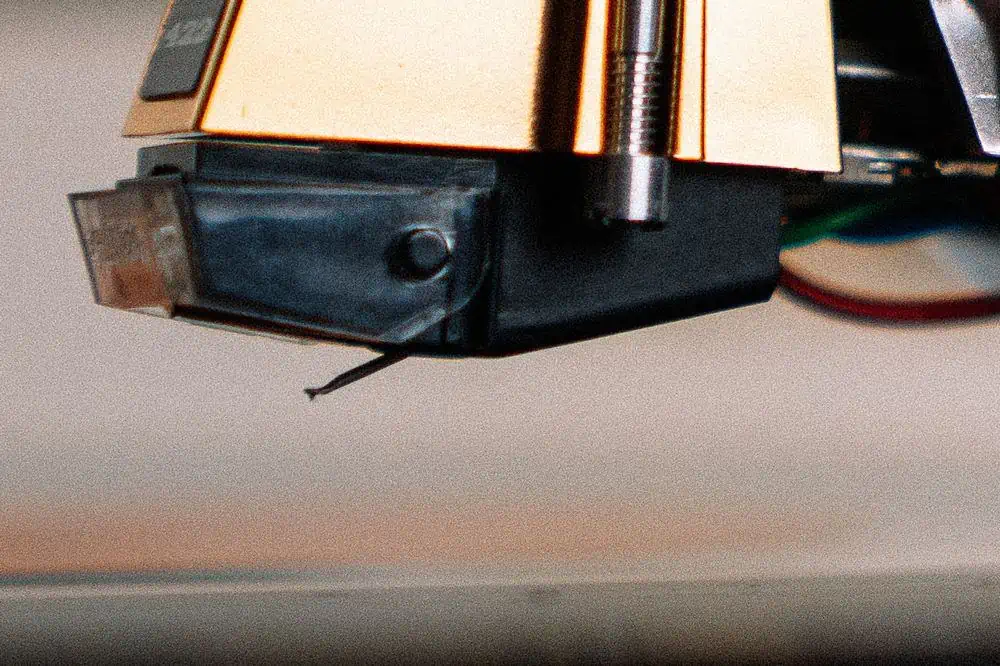
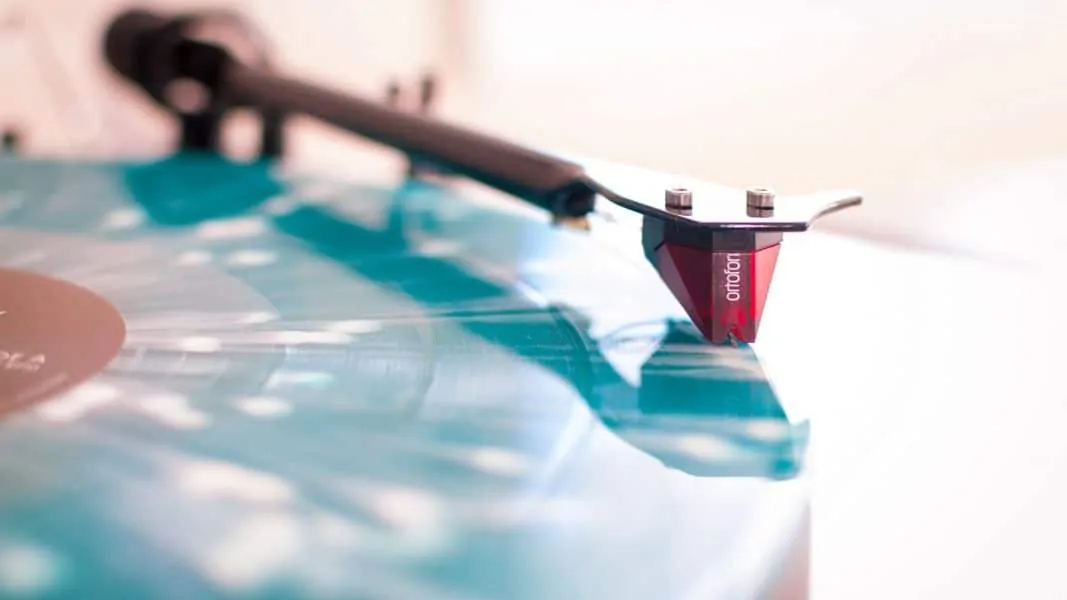
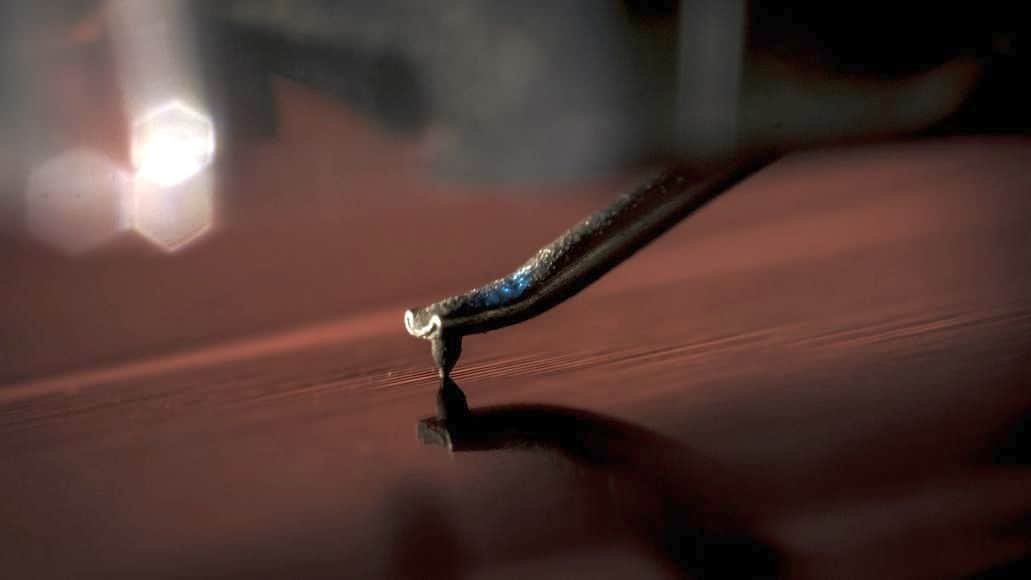
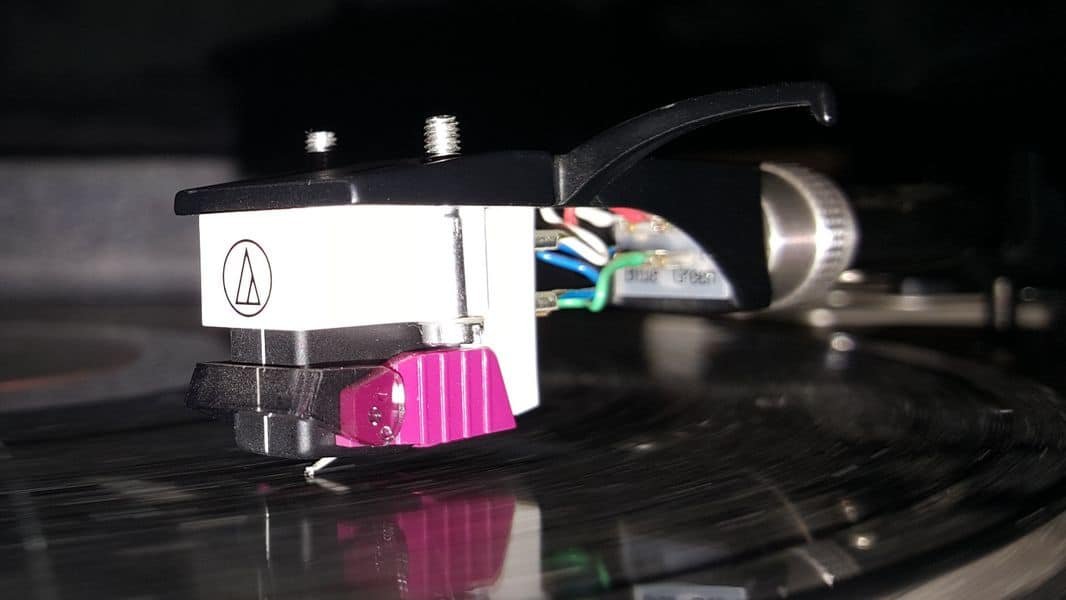
A first time i replaced a needle of a record player.
It was a quick replacement. Said i can do fine works as experience is here why i do it myself.
Well, on my record player an Audio Technica green installed from the record player manufacturer. A good cartridge needle combo that will do the job for music and vinyl fans around.
But, i noticed the possibility to swap a needle or a cartridge while some manufacturers offer it on their record players.
Short words said, when i played one of my records, the needle skip a bit at a track.
Measure the cartridge and needle at 2.3 grams the skip did not disappear.
Not a big issue, while i play mostly records that play flawlessly.
Looking at the Audio Technica catalog, i discovered their brown stylus called SH Shibata.
So when a music lover as i am, turn into an audiophile, Shibata sounds like the magic word.
Short words said, i bought an Audio Technica Shibata and placed it on my record player.
Wooosh, that is cool. In a click from standard to audiophile.
Two things i hear different than what i know from the green, better drums and a better vocals.
Run in at this moment 30 minutes.
The skip problem what i experienced at some old records with the green i have not tested yet, but i am curious if the Shibata can solve the problem.